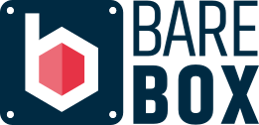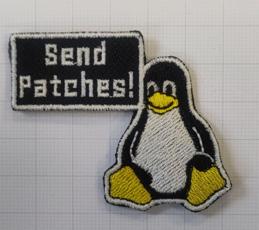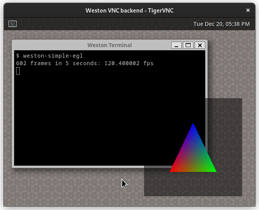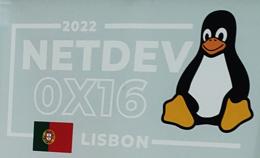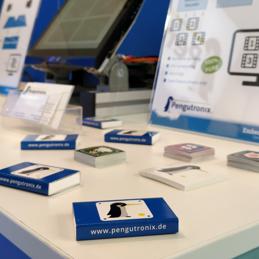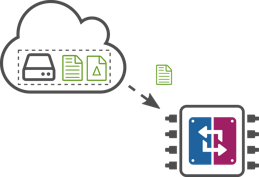Blog
[Podcast] Kernel Panic - Board on Fire ~~> #003: Ein Rennen um Nanosekunden - Nebenläufigkeit mit Hardwareeinheiten
In dieser Folge erzählt Michael Grzeschik die Geschichte eines USB-Controllers, der dann und wann einfach aufhört zu funktionieren und davon wie er dem Fehler mit Tracing, einem Disassembler und viel Codelektüre auf die Schliche gekommen ist. Wir stellen einmal mehr fest, dass Probleme mit Nebenläufigkeit schwierig zu debuggen sind und nicht nur Software-Software Interaktion betreffen, sondern manchmal auch Software-Hardware.
DSA in Barebox
The v2022.05.0 Release of barebox introduced initial support for the Distributed Switch Architecture (DSA) Framework. DSA is originally a subsystem from the Linux Kernel, which exposes the individual ports of a network switch IC as virtual network interfaces.
2022 at Pengutronix
At Pengutronix and in the embedded Linux world in general, exciting things happen all year round, but a carry in the date field is a great opportunity to sit back and talk about it. In the broad categories of kernel, open source software, hardware and public relations we want to tell you what happened at Pengutronix in 2022.
Weston, VNC Server
In March last year I gave a talk about our work on the Wayland compositor Weston at the Embedded Recipes conference, and demonstrated using multiple backends simultaneously. A single Weston instance provided content to a range of different outputs, e.g.:
[Podcast] Kernel Panic - Board on Fire ~~> #002: Wachhunde und (nicht so) ideale Bauelemente
In der zweiten Folge des Kernel Panic Podcasts geht es um ein Problem mit dem ich mich ausnahmsweise mal selbst beschäftigt habe. Damit ich mich dazu nicht selbst ausfragen muss springt netterweise Chris als Gastinterviewer ein. Problem dieses mal ist ein Gerät, das dann und wann einfach neu startet, und wieder einmal könnte die Ursache sowohl in der Software als auch in der Hardware zu finden sein. Es folgt eine Suche durch die verschiedenen möglichen Ursachen für Neustarts von Geräten, die uns an Watchdogs, Übertemperatur, den Eigenheiten von PoE, WAD pins und Dioden vorbei zur Lösung führt. Und wieder einmal steht die Größe der Änderung in keiner Relation zur vorherigen Suche.
Netdevconf 0x16
After a longer time with online-only events, the Netdev 0x16, a conference about the technical aspects of Linux Networking, was organized as hybrid event: online and on-site at Lisbon.
[Podcast] Kernel Panic - Board on Fire ~~> #001: Speculative Execution und ein Execute Never Bit
In der ersten Folge des Kernel Panic Podcasts geht es um ein Problem mit dem sich mein Kollege Ahmad Fatoum beschäftigt hat. Wie so oft beginnt die Geschichte mit einer Aufgabe, die eigentlich™ in fünf Minuten erledigt sein sollte, driftet aber rasant ab in eine Fehlersuche in den Untiefen der Systemprogrammierung. Es geht um Caches, Adressbereiche, Spekulative Ausführung von Code, um Funktionierbits und auch um Nicht-Funktionier-Bits.
Pengutronix at Electronica in Munich
This year Pengutronix again has a Booth at the Electronica trade fair in Munich, Germany. You find us in Hall B4 Booth 104 (map).
Saving Download Bandwidth with RAUC Adaptive Updates
Based on RAUC's HTTP(S) streaming capabilities, adaptive updates are a generic concept in RAUC to allow saving download bandwidth and form an alternative to conventional delta updates. This post introduces both the generic concept as well the first implemented method 'block-hash-index'.RAUC v1.8 Released
When September ends and summer is over, it's a good opportunity to take advantage of the shorter days and comfortably update to the latest RAUC version we have just released into the wild: v1.8



